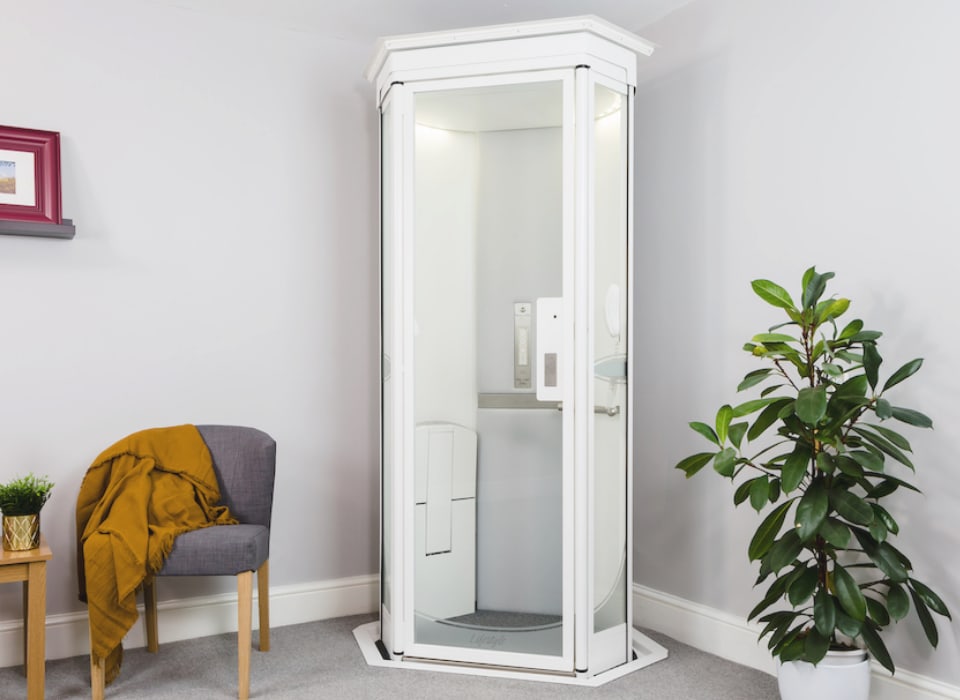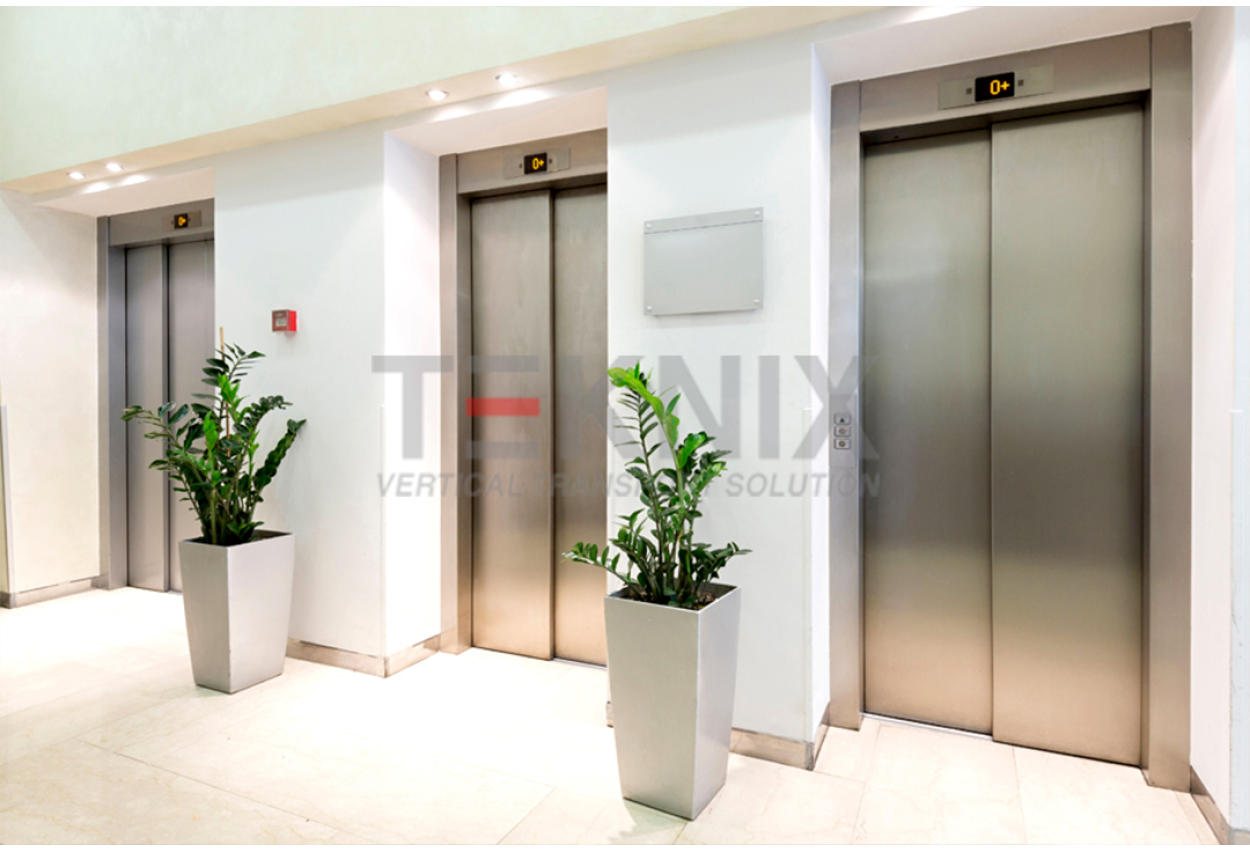Unraveling the Complexities of Lift Innovation: Troubleshooting Common Troubles Across Lift Models
From sluggish operation problems to strange noises emanating from the machinery, repairing usual issues across numerous lift designs demands a keen eye for detail and a systematic method. Remain tuned as we browse through the labyrinth of lift malfunctions, seeking remedies to the enigmatic problems that can interfere with the smooth functioning of these essential apparatuses.
Identifying Slow Operation Issues

Next, inspect the electric links to ensure that all parts are properly connected and working. Malfunctioning wiring or loosened connections can result in slow down operation or full breakdown of the lift system. In addition, it is important to check the control system to figure out if the issue hinges on the programming or sensors.
If the aesthetic evaluation and electric checks do not disclose the source of the slow-moving operation, further diagnostic examinations might be needed. These might consist of stress tests for hydraulic systems, voltage examinations for electrical parts, or running diagnostic software for the control system. repair and maintenance services. By adhering to a methodical approach to repairing sluggish procedure issues, you can effectively settle the problem and recognize, making certain the lift runs safely and effectively
Addressing Odd Sounds
To properly repair lift innovation for odd noises, an extensive assessment of the lift elements following the recognition of slow-moving operation concerns is necessary. Odd noises in lifts can be indicative of underlying issues that need timely focus to ensure the safety and security and integrity of the system. Usual sources of weird noises in lifts include worn-out or misaligned pulleys, damaged electric motor bearings, broken or loosened suspension ropes, and malfunctioning control systems. When attending to strange sounds, it is necessary to conduct an organized evaluation of these components to pinpoint the precise root cause of the sound precisely. This might involve examining for any type of visible indications of deterioration, checking the performance of electric motor bearings, tightening loose connections, and lubricating moving parts as needed.
Moreover, it is important to refer to the lift manufacturer's maintenance guidelines and look for aid from certified specialists when dealing with complicated lift components or unfamiliar troubleshooting procedures. By without delay attending to unusual noises and dealing with underlying problems, lift drivers can make certain the ideal performance and safety of the lift system for travelers and operators.
Solving Faulty Control Issues
An effective technique for addressing damaged control issues in lift modern technology includes conducting a thorough evaluation of the control system's parts and performance. When coming across concerns with lift controls, it is vital to very first check for any kind of loose links, harmed electrical wiring, or malfunctioning sensing units. Verifying that all control keypads, switches, and displays are functioning properly is additionally important in identifying the issue properly.
If no visible issues are noticeable, technicians must continue to inspect the control panel for any kind of indicators of water overheating, damage, or rust, as these can usually lead to manage malfunctions. Furthermore, resetting the control system or upgrading the software program might read here help deal with specific glitches or pests creating the trouble.

Tackling Hydraulic System Malfunctions
The effectiveness of hydraulic systems in lifts depends greatly on the appropriate performance of various parts within the system. When hydraulic systems malfunction in lifts, it can lead to operational interruptions and safety worries. One typical concern is hydraulic fluid leak, which can take place because of damaged seals, loosened connections, or harmed cyndrical tubes. To tackle this problem, professionals must conduct an extensive assessment to recognize the source of the leak and change any kind of defective elements without delay.
One more regular hydraulic system breakdown is a loss of stress, which can arise from air entering the system, fluid contamination, or pump ineffectiveness. Professionals can address this by hemorrhaging the system to get rid of air, changing contaminated fluid, or servicing the pump as needed. Furthermore, irregularities in hydraulic liquid degrees or uncommon sounds throughout lift procedure might suggest underlying system breakdowns that need instant interest to avoid further damages. Regular maintenance and prompt troubleshooting of hydraulic system issues are important to ensuring the efficient and secure operation of lift technology.
Managing Electrical Element Failings
Addressing electrical part failings in lift innovation requires a systematic strategy to detecting and resolving concerns to keep operational capability and safety standards. When encountering electric troubles in lift systems, it is essential to initial perform a thorough inspection of the electrical components, consisting of control panels, wiring, sensors, and circuit card. Any kind of indicators of damage, rust, loose links, or charred components need to be very carefully noted and attended to without delay to stop further complications.
In the situation of electric component failures, it is important to comply with maker guidelines for fixing and repair work treatments. This may involve testing the components utilizing multimeters, oscilloscopes, or various other diagnostic tools to pinpoint the specific resource of the malfunction. Additionally, having a detailed understanding of the Visit Website lift's electric schematics and wiring representations can help in recognizing and correcting problems successfully.
Normal upkeep and inspection routines Clicking Here can assist protect against electrical failures by finding possible issues at an early stage. Appropriate training for lift professionals on electrical systems and components is also crucial to ensure precise medical diagnosis and reliable resolution of electric troubles, inevitably adding to the general safety and security and integrity of lift procedures.
Verdict
To conclude, troubleshooting lift technology requires a systematic approach to identify and address common issues such as slow-moving procedure, weird noises, damaged controls, hydraulic system breakdowns, and electric element failures. By comprehending the complexities of lift technology and following correct repairing actions, service technicians can successfully deal with problems and guarantee the reliable and risk-free operation of lifts across numerous designs.
To successfully troubleshoot lift technology for weird noises, a complete assessment of the lift parts following the recognition of sluggish operation issues is important. Strange sounds in lifts can be a sign of underlying problems that need prompt focus to make sure the safety and integrity of the system.An efficient strategy for addressing defective control troubles in lift innovation entails performing a thorough evaluation of the control system's components and performance.The effectiveness of hydraulic systems in lifts depends heavily on the appropriate performance of different parts within the system. repair and maintenance services. When experiencing electrical issues in lift systems, it is crucial to first carry out a detailed assessment of the electric elements, consisting of control panels, wiring, sensing units, and circuit boards
Comments on “Leading Lift Companies in London: Offering Quality Installations and Upkeep”